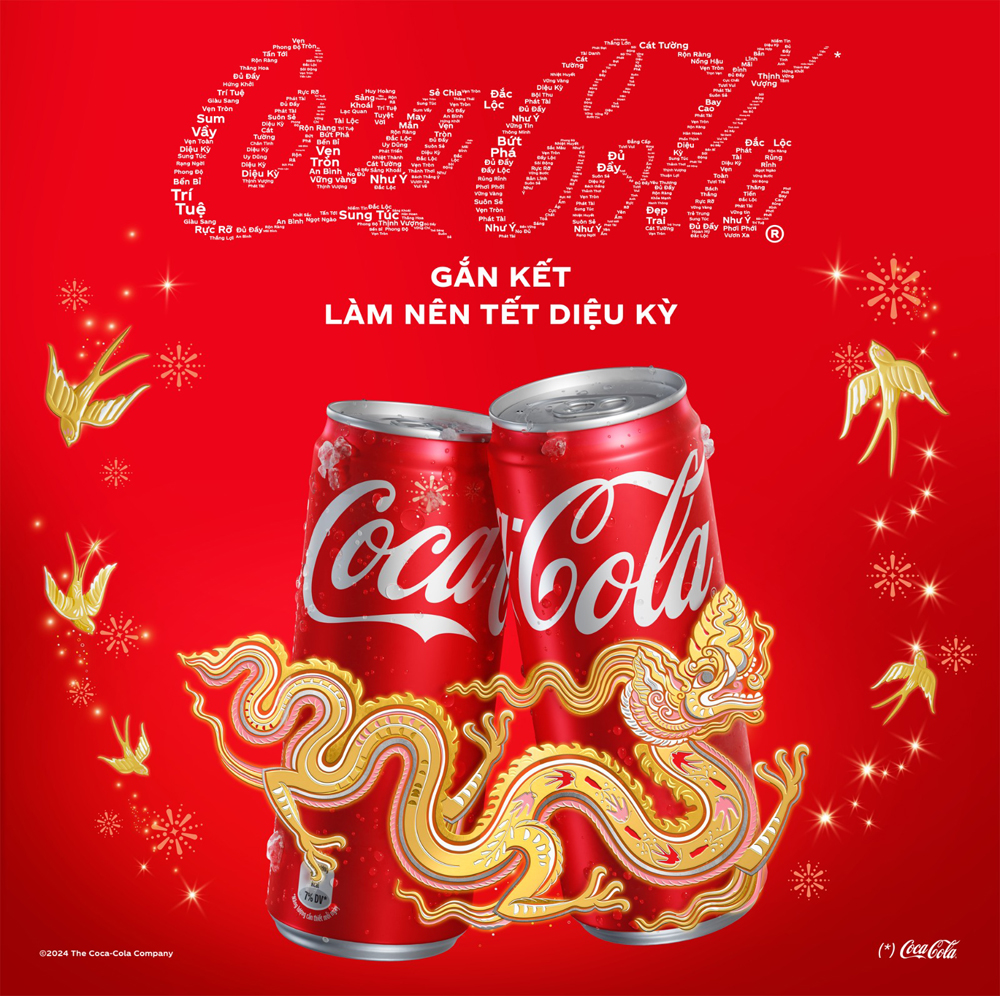
Understanding global style differences and the implications for advertising design
In today’s interconnected world, advertising design is more global and blended than ever. However, for brands to make a meaningful connection in a foreign market, one should consider the unique cultural aesthetics and communication norms that are inherent to that market. From the minimalist elegance of Swiss design to the vibrant dynamism of Indian advertising, cultural design nuances can shape how your message will resonate.
In this article we aim to explore and highlight these distinct style differences that are apparent and dominant within a given region of the world. This is not to say that every region has only one style, nor are we saying that brands should follow these to the letter. But we are stating that there are commonalities (many of which are rooted in culture and history), and brands should take notice. If you understand and acknowledge local design practice, it can help you find the right balance for your brand, blending recognizable visuals with the hard rules of your own brand identity.

Western Europe: Elegance & Minimalism
Swiss Design: Switzerland is synonymous with clean, minimalist design. Swiss advertising employs grid systems, sans-serif typography, and an abundance of white space. This style—sometimes called the International Typographic Style—is perfect for corporate branding and luxury products.
Example: A Swiss tourism campaign might use a serene mountain backdrop, minimal text, and precise alignment, evoking clarity and professionalism.
Scandinavian Design: Scandinavian advertising reflects modernism, balancing functionality and aesthetics. Expect clean lines, muted colors, and nature-inspired elements.
Example: An IKEA ad showcasing an uncluttered living space with pastel tones and practical furniture demonstrates Scandinavian sensibilities.
French Design: France leans into romanticism and chic sophistication. French ads often feature pastels, serif fonts, and elegant photography.
Example: A perfume ad with a Parisian backdrop and soft, dreamy imagery encapsulates French design.

Latin America: Vibrant & Expressive
Latin American advertising bursts with color and cultural motifs. Campaigns often highlight movement and energy, celebrating family and local heritage.
Example: A Coca-Cola ad featuring excitement in bold, lively colors, capturing human connections and local spirit.
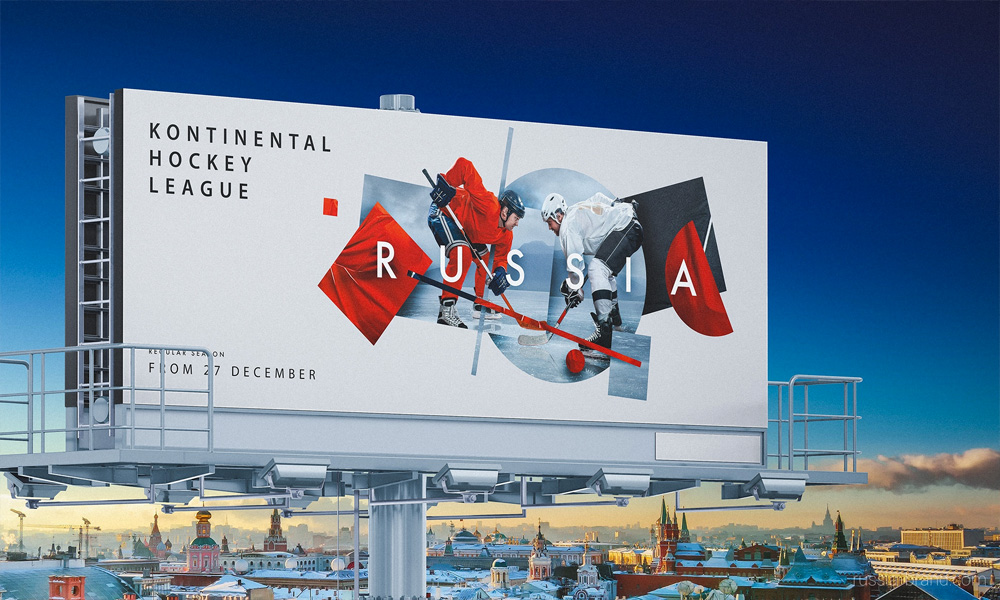
Eastern Europe: Bold & Conceptual
Russian Design: Rooted in constructivism, Russian advertising uses bold contrasts, geometric shapes, and dramatic imagery.
Example: A tech ad with striking black-and-red visuals and large, impactful typography reflects this heritage.
Polish Posters: Poland is known for its artistic and surreal poster designs. Often conceptual rather than commercial, these designs can feel like standalone works of art.
Example: A film poster featuring abstract illustrations and minimal text would typify Polish creativity.
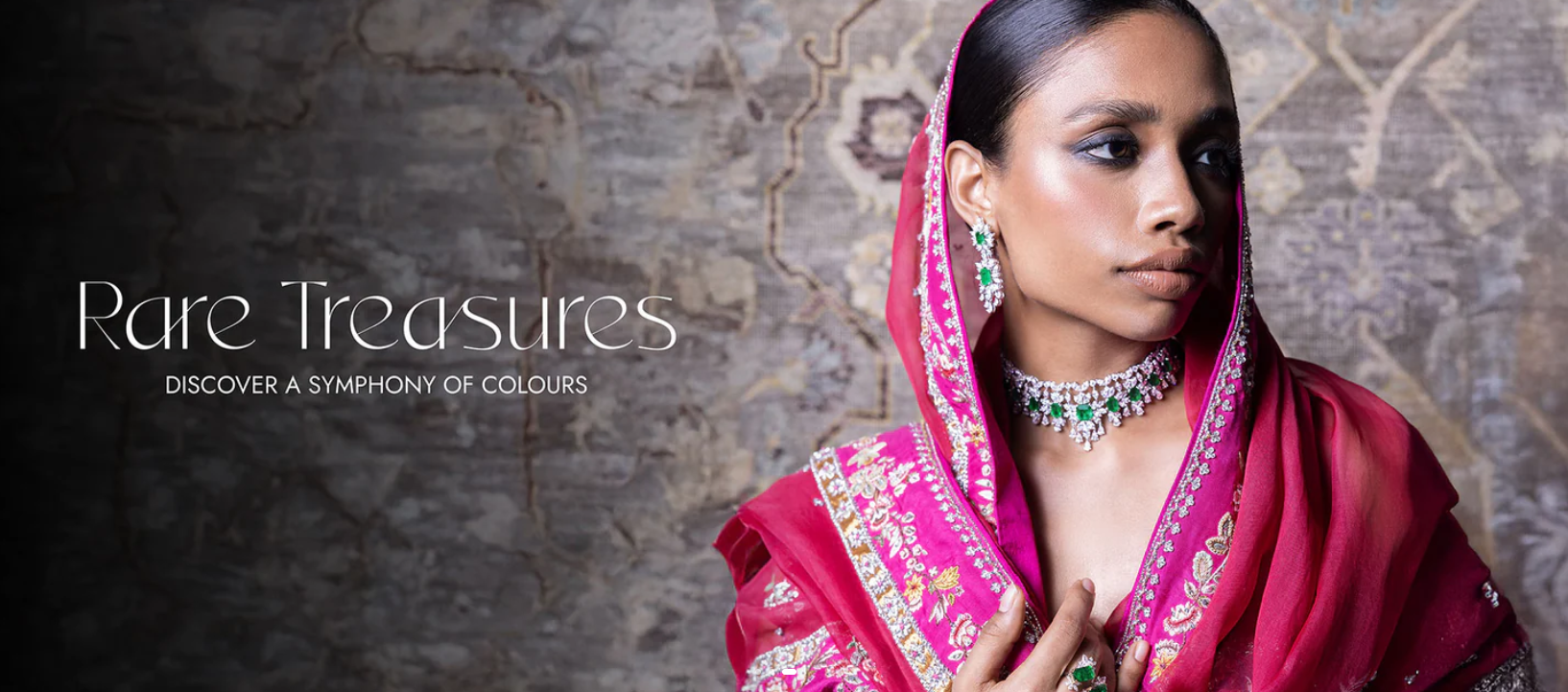
Middle-East: Ornamental & Opulent
Middle Eastern advertising often features rich patterns, calligraphy, and luxurious designs. Gold accents and intricate details are common, reflecting the region’s traditions and taste for opulence.
Example: A jewelry ad with arabesque patterns and a gold-and-emerald color palette exemplifies this style.

North America: Dynamic & Diverse
United States: U.S. advertising is trend-driven, bold, and dynamic. Campaigns often use bright colors, strong typography, and pop culture references to grab attention.
Example: A Nike campaign featuring a powerful slogan, vibrant action shots, and high-energy layouts exemplifies this style.
Canada: Canadian design blends minimalist aesthetics with natural elements, emphasizing inclusivity.
Example: A tourism ad showcasing pristine landscapes with clean fonts and subtle messaging reflects Canadian values.
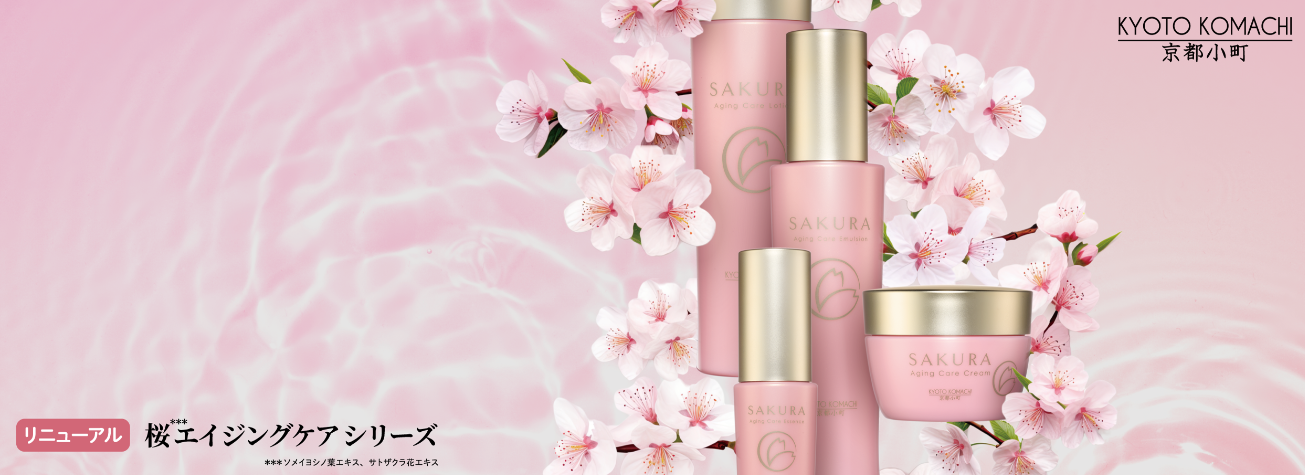
Asia: Tradition meets Modernity
Japan: Japanese advertising strikes a balance between tradition and innovation. Traditional ads feature cherry blossoms, calligraphy, and subtle palettes, while modern ads use futuristic typography and clean layouts.
Example: A cosmetics ad with minimalist packaging and soft pink tones evokes Japanese aesthetics.
China: Chinese ads prioritize auspicious symbols, often using red and gold for prosperity. Designs are intricate and detail-oriented.
Example: A Lunar New Year ad featuring traditional motifs like dragons and lanterns is quintessentially Chinese.
India: Indian advertising celebrates vibrancy and cultural diversity. Bright colors, intricate patterns, and festive themes dominate.
Example: A Bollywood movie poster bursting with bold typography, warm tones, and dramatic imagery reflects Indian sensibilities.
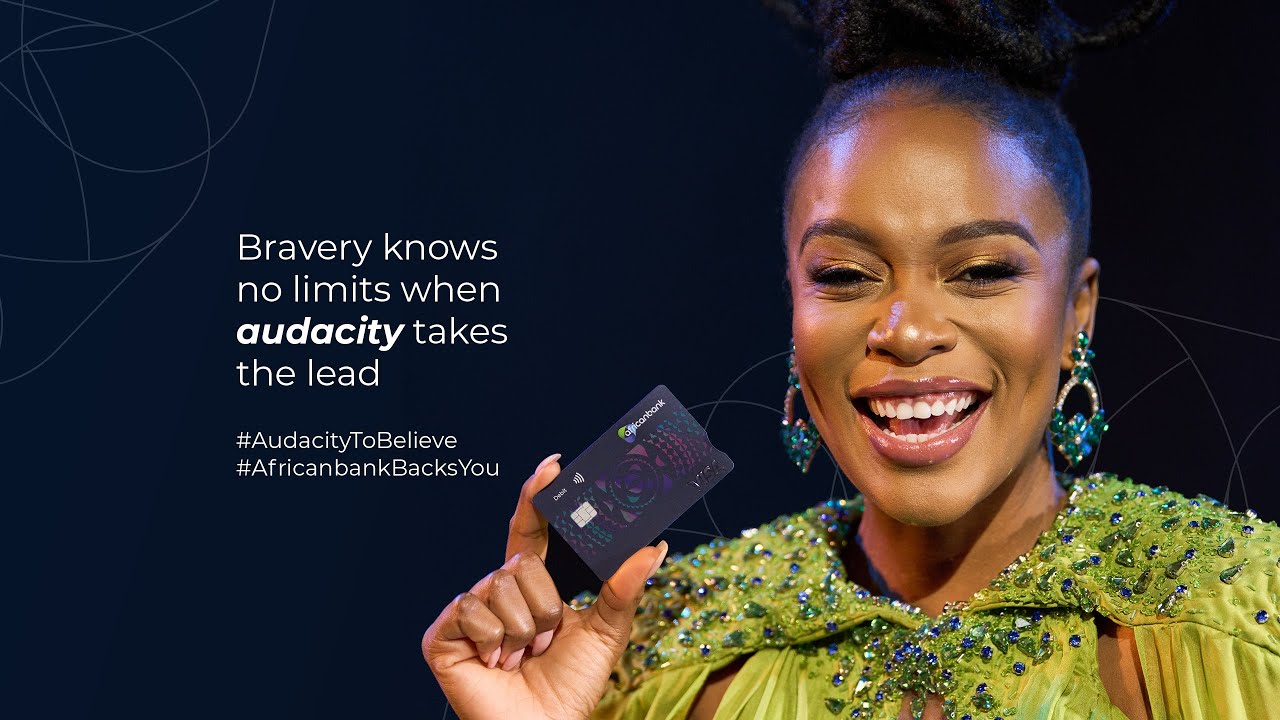
Africa: Vibrant & Narrative-Driven
African design embraces bold geometric patterns, earthy tones, and storytelling. Campaigns often reflect cultural pride and heritage.
Example: A travel ad with bright colors, tribal patterns, and images of local landmarks captures the essence of African advertising.
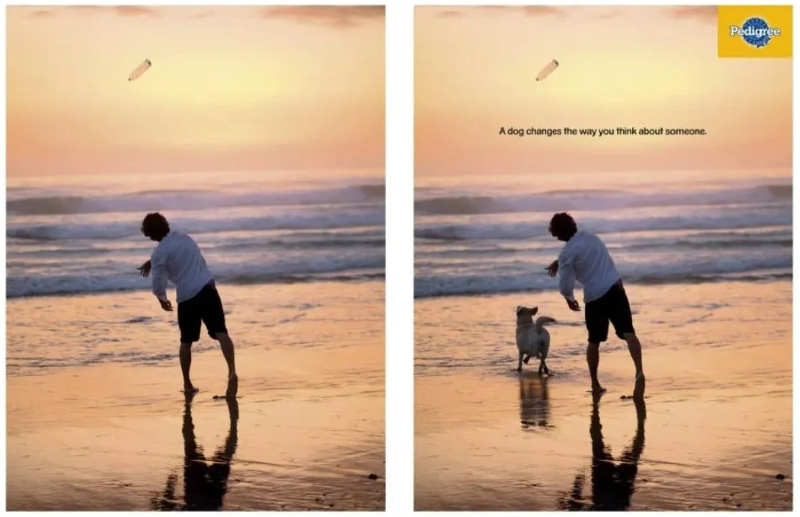
Oceania: Nature & Simplicity
Australia: Advertising in Australia often draws inspiration from nature, using earthy tones and clean typography.
Example: A tourism campaign showcasing the Outback with minimal text and striking photography highlights this style.
New Zealand: New Zealand’s design incorporates Māori motifs, blending tradition with modern aesthetics.
Example: A tourism ad featuring koru patterns (spirals symbolizing new beginnings) and scenic landscapes exemplifies this.
Balancing localization with brand identity
While understanding cultural nuances is crucial for creating resonant advertising, it’s equally important to balance localized design with your brand’s global identity. Over-localization can dilute your brand’s core values, while an overly uniform approach might fail to connect with diverse audiences. The key is finding a harmony where cultural sensitivity enhances—rather than overshadows—your brand guidelines.
For example, a global brand like Coca-Cola adapts its campaigns to local tastes and aesthetics while maintaining consistent elements like its logo, font, and iconic color scheme. This approach ensures that while the message feels relevant to local audiences, the brand identity remains unmistakable.
By striking the right balance, marketers can create campaigns that resonate deeply across regions while strengthening their brand’s global presence. Success lies in merging cultural understanding with consistent brand storytelling—a true hallmark of effective global advertising.
